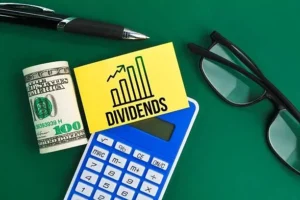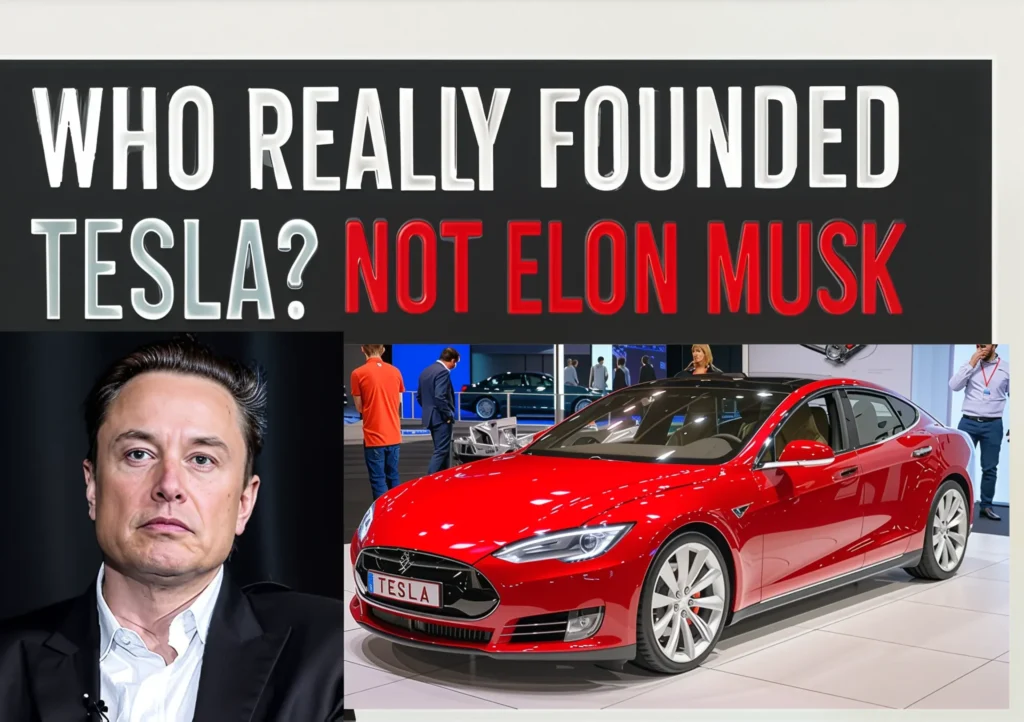When we discuss Tesla, most people immediately think of Elon Musk, but the reality is a bit more complex. Musk is often regarded as the founder of Tesla, but the real story involves Martin Eberhard and Marc Tarpenning, who started the company in 2003. In this article, we’ll explore the true founders of Tesla and how Musk came into the picture. We’ll also explore how public perception evolved and how Musk became associated with the company’s founding.
Who Really Founded Tesla?
Martin Eberhard and Marc Tarpenning: The True Founders
On July 1, 2003, Martin Eberhard and Marc Tarpenning officially founded Tesla Motors in San Carlos, California. The duo, both engineers, aimed to revolutionise the automotive industry by developing electric cars that could compete with traditional gasoline-powered vehicles. They envisioned a future where electric cars weren’t just eco-friendly, but also high-performance and desirable.
Eberhard & Tarpenning’s Vision
They started with an idea to build a high-performance electric vehicle that could change the world of cars. The first product they worked on was the Tesla Roadster, which would be the world’s first all-electric sports car.
Key Takeaways:
- Founding Date: July 1, 2003
- Tesla’s First Car: Tesla Roadster prototype was developed.
When Elon Musk Entered Tesla?
Elon Musk entered the picture in February 2004, when he invested $6.35 million into the company, becoming the largest investor in Tesla at the time. Although he played a key role in Tesla’s financial success, Musk was not one of the founders.
He was appointed Chairman of the Board, and his influence began to grow as Tesla sought to secure further funding and develop its electric vehicle technology.
Musk’s Role as Chairman
Musk’s entry came after his successful PayPal exit, and he saw an opportunity to push Tesla into the spotlight. He was more of a strategic investor and early supporter rather than a founder.
Key Takeaways:
- Investment Date: February 2004
- Role: Chairman of the Board, Not Founder.
The Boardroom Shake-Up
The Power Shift in 2007
By 2007, Martin Eberhard was ousted as CEO of Tesla, despite being one of the company’s founding figures. This came after internal conflicts and disagreements about Tesla’s direction. Musk’s increasing influence in the company led to the boardroom shake-up that would define Tesla’s leadership structure for the years to come.
Musk’s Strategic Moves
After Eberhard’s exit, Musk took on a more hands-on role, driving Tesla’s mission forward. He became more involved in decision-making and was soon regarded as the company’s face.
2009 Lawsuit and Musk’s Co-Founder Status
In 2009, a lawsuit settlement between Martin Eberhard and Tesla resulted in Musk being legally recognized as a co-founder of Tesla. Despite this legal acknowledgment, Eberhard and Tarpenning were the ones who laid the company’s foundations.
Key Takeaways:
- Eberhard Ousted: 2007
- Legal Recognition: Musk officially became a co-founder after the 2009 lawsuit.
How Public Perception Changed?
Musk’s Growing Influence
Over time, Elon Musk’s media presence turned him into the face of Tesla. His storytelling abilities, combined with his status as a tech mogul, transformed the way people saw Tesla’s founding story. Musk’s influence grew beyond the boardroom and into the public consciousness.
Tesla’s PR Shift
Tesla’s media strategy, heavily relying on Musk’s persona, played a huge role in reshaping the narrative. The narrative that Musk was the driving force behind Tesla began to gain traction, largely thanks to Musk’s savvy marketing and personal brand.
Key Takeaways:
- Media Influence: Musk’s storytelling helped reshape the public’s view of Tesla’s history.
- PR vs. Truth: Marketing helped Musk become seen as the sole founder.
Lessons from Tesla’s Real History
Tesla’s journey teaches us a lot about how money, power, and public relations can shape a company’s future. Here are the main lessons from Tesla’s real history:
- Money > Ideas in Corporate Control: Founders without significant financial backing may lose control.
- Founders Can Be Sidelined: Eberhard and Tarpenning lost influence once Musk’s money and power came into play.
- PR Shapes Public Memory: Public relations and marketing efforts can rewrite history.
- Vision Helps, But Leverage Wins: Financial resources often determine who controls the company, regardless of the original vision.
- Storytelling is Key: Musk’s marketing skills elevated his status as the founder, even though he wasn’t there at the start.
While Elon Musk is the face of Tesla today, the company’s true founders are Martin Eberhard and Marc Tarpenning. Their vision for an electric vehicle company paved the way for Tesla’s success. Musk’s early investment, strategic leadership, and media presence helped shape the company, but the foundational work was done long before he came on board. So, the next time you hear Musk referred to as Tesla’s founder, you’ll know the real story.
Frequently Asked Questions
Did Elon Musk Invent the Tesla Roadster?
No, Martin Eberhard and Marc Tarpenning were responsible for the Tesla Roadster’s development, while Musk contributed later with financial backing.
Martin Eberhard and Marc Tarpenning founded Tesla in July 2003.
Although Musk was not a founder, his 2004 investment and involvement in the company’s boardroom shifts in 2007 and 2009 led to his legal recognition as a co-founder.
No, Martin Eberhard and Marc Tarpenning were responsible for the Tesla Roadster’s development, while Musk contributed later with financial backing.
Elon Musk joined Tesla in February 2004, investing $6.35 million and becoming Chairman of the Board.
Eberhard was removed as CEO in 2007 due to internal conflicts. He later settled a lawsuit with Tesla, which allowed Musk to claim co-founder status.












